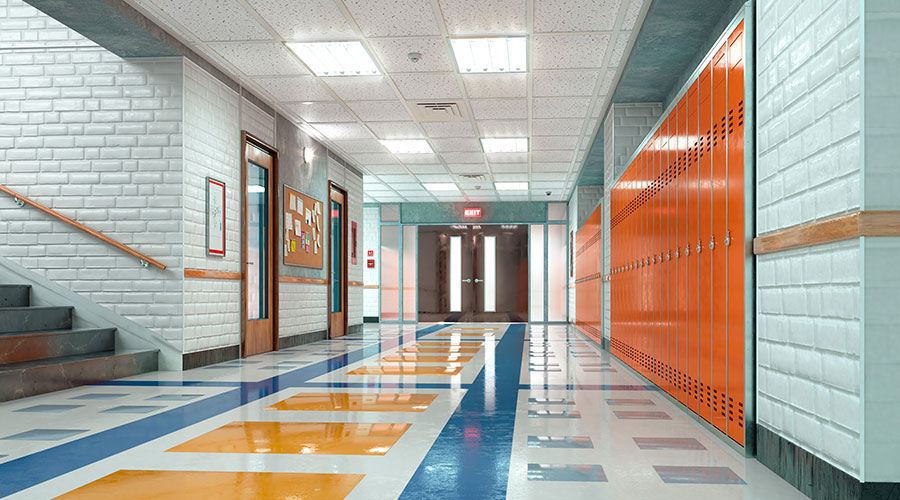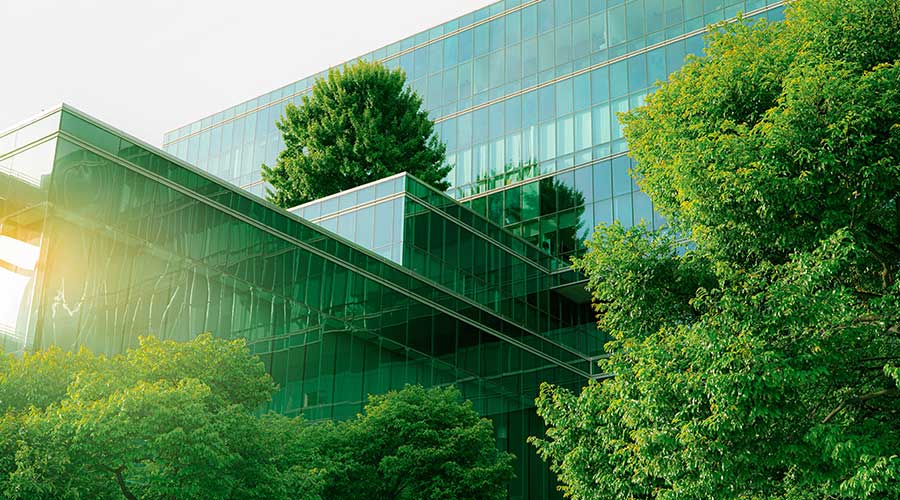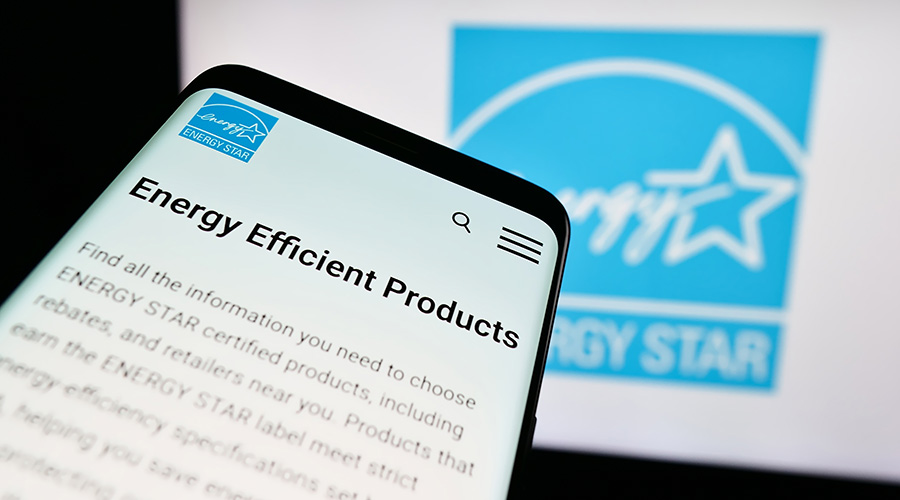A Sustainable Future Must Also Be A More Equitable One
USGBC will focus on three essential pillars of social equity: Governance, affordability/economic empowerment, and equitable access.
Green building is centered around the idea that every person deserves a better, more sustainable life. Over the last 20 years, the green building industry has disrupted the status quo and revealed the true power of design, construction and operations in improving quality of life. But those benefits are not yet being felt by all.
The U.S. Green Building Council’s (USGBC) President and CEO Mahesh Ramanujam said it best in a statement on social equity and justice this past June when he noted that “a sustainable future is meaningless if it is not equitable.”
So how can the green building industry demonstrate social equity? It starts with a conversation.
USGBC has embarked on a listening and learning tour to better understand the work that has been done and established a global call for ideas from the community that will better inform how equity can be integrated into LEED and green building. The first step was the inaugural USGBC Equity Summit, which took place in May, and provided a platform for the industry, as well as social and environmental justice leaders to share insights. The discussion challenged the green building world based upon gaps and missing indicators and revealed key takeaways centered around three essential pillars of social equity:
- Governance (systems and structures internally and externally)
- Affordability/economic empowerment
- Equitable access
The Summit was the first in a yearlong process focused on gathering information and ideas that will lay the foundation and highlight priorities for a USGBC social equity roadmap. A report from the first Summit has been published and industry leaders and professionals are encouraged to join the next conversation this fall.
Key Takeaways: Governance
Governance alone can’t solve problems. Equitable communications requires a diversified approach and must include an ongoing conversation and interaction between government and other stakeholders. Those interactions require the industry to be flexible and agile and meet people where they are. It must go beyond listening and focus on taking input that will ultimately change the course of a project in order to meet the needs of multiple stakeholders while connecting the goals back to sustainable development.
Key Takeaways: Affordability & Economic Empowerment
Equity is an iterative process and not just a one-time engagement. It is also a moral imperative and must include fair labor, wages, economic ownership and decision-making power. Building trust within communities will be critical to achieving this. For instance, creating career pathways for underserved communities, providing leadership opportunities and education, getting to know the community, engaging with tenant groups and homeless associations and being proactive about equity are some of the ideas to explore.
Key Takeaways: Equitable Access
Information and education are key pillars for access. USGBC has great resources available, but additional education opportunities within communities will greatly increase access. Equal access is also about a sense of visibility and belonging, including visibility of people with disabilities and other disenfranchised groups. This reduces otherness. A truly sustainable space is inclusive and accessible, and visibility is the first step to scalability. When we design for equity, we design for everyone.
Inclusion was a central theme for the Summit and as the green building community works toward a more sustainable and equitable future for all it must focus on articulating the tangible benefits that will bring more people into the fold. This echoes similar insights found as part of USGBC’s Living Standard research, which revealed methods for more effectively engaging a broader audience around the need for and benefits of green buildings.
As we continue the social equity conversation, it is imperative that we hold ourselves accountable as an organization and community. The work USGBC has set out to do must inspire change that reaches all levels and the green building community must be steadfast and committed to seeing it happen. We are still at the beginning, but the door is open to reimagine the world in the months and years to come and everyone is invited.
So, what’s next? What world are we leap frogging into? A world that is loving, open, creates a regenerative economy, sequesters carbon, but lifts thinking and reaches beyond our current time.
Kimberly Lewis is Senior Vice President, Market Transformation and Development, North America for the U.S. Green Building Council.
Related Topics:












